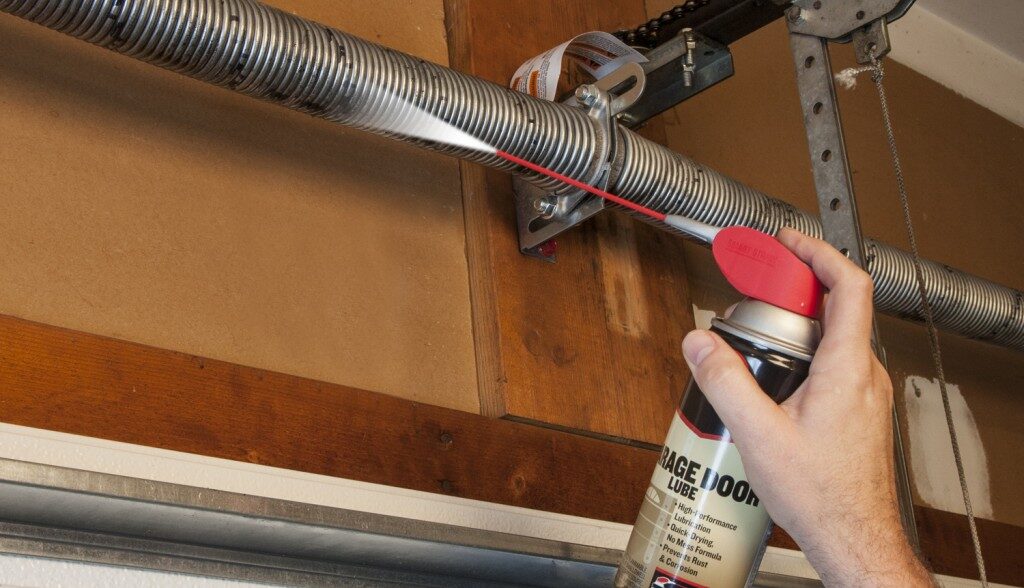Regular garage door maintenance is essential to ensure smooth and reliable operation. One crucial aspect of maintenance is proper lubrication. Lubricating your garage door components not only enhances its performance but also prolongs its lifespan. In this blog post, we’ll dive into the importance of lubrication, the components that require lubrication, and step-by-step instructions on how to properly lubricate your garage door for effortless and quiet operation.
Why Lubrication Matters:
Lubrication serves as a protective barrier against friction and wear, reducing the strain on moving parts and preventing premature breakdowns. Proper lubrication also minimizes noise, ensures smooth movement, and contributes to the overall safety of your garage door.
Components that Require Lubrication:
- Rollers: Rollers help the garage door move along the tracks. Lubricating them ensures smooth and quiet operation.
- Hinges: Hinges allow sections of the garage door to bend as it opens and closes. Lubricating hinges prevents squeaking and ensures flexibility.
- Springs: Lubricate springs where coils meet to reduce friction and noise. Do not lubricate tension springs, as they have a different purpose and do not require lubrication.
- Tracks: Apply lubrication to the tracks to help rollers glide smoothly. Ensure the tracks are clean before lubrication.
- Locks and Latches: If your garage door has locks and latches, lubricate them to prevent rust and ensure proper engagement.
Step-by-Step Guide to Properly Lubricate Your Garage Door:
- Gather Supplies:
- Silicone-based garage door lubricant.
- Rag or cloth for wiping off excess lubricant.
- Inspect and Clean:
- Inspect all components for dirt, debris, and rust. Clean any dirt or debris using a cloth.
- Wipe down tracks and remove any accumulated grime.
- Apply Lubricant:
- Apply a small amount of silicone-based lubricant to each of the following components:
- Rollers: Apply a few drops at each roller’s shaft, ensuring even distribution.
- Hinges: Lubricate the pivot points of each hinge.
- Tracks: Apply a thin layer of lubricant along the length of the tracks.
- Springs: Apply lubricant to areas where coils meet.
- Apply a small amount of silicone-based lubricant to each of the following components:
- Operate the Door:
- Manually open and close the garage door several times to distribute the lubricant evenly.
- Wipe Off Excess:
- After operating the door, wipe off any excess lubricant to prevent accumulation of dust and debris.
Frequency of Lubrication:
- Lubricate your garage door’s moving parts every 6 to 12 months, depending on usage and environmental conditions.
- If you notice increased noise, stiffness, or any signs of wear, lubricate the components as needed.
Properly lubricating your garage door is a straightforward yet crucial maintenance task that can significantly impact its performance and longevity. By following the steps outlined in this guide and performing regular lubrication, you’ll ensure that your garage door operates smoothly, quietly, and reliably. Remember that a well-maintained garage door not only enhances convenience but also contributes to the safety and overall functionality of your home.
Contact us at (647) 424-3555

